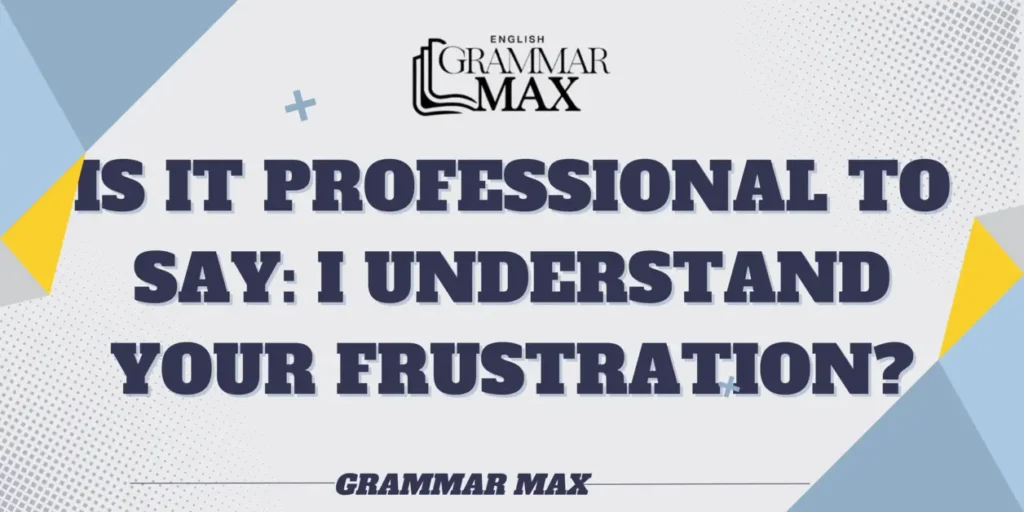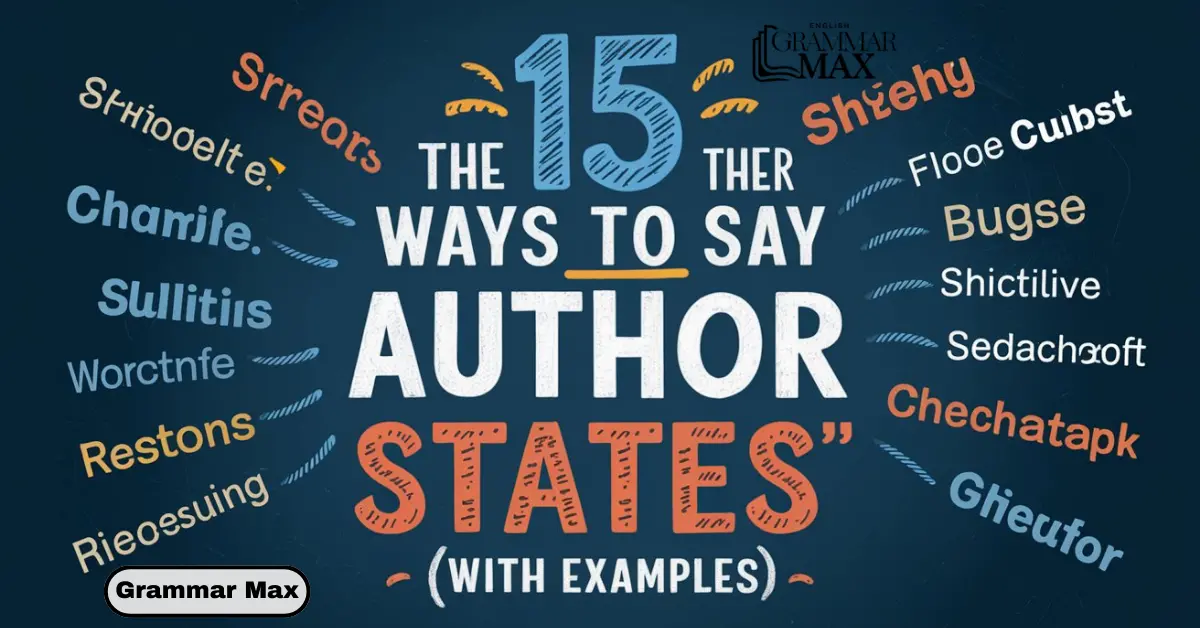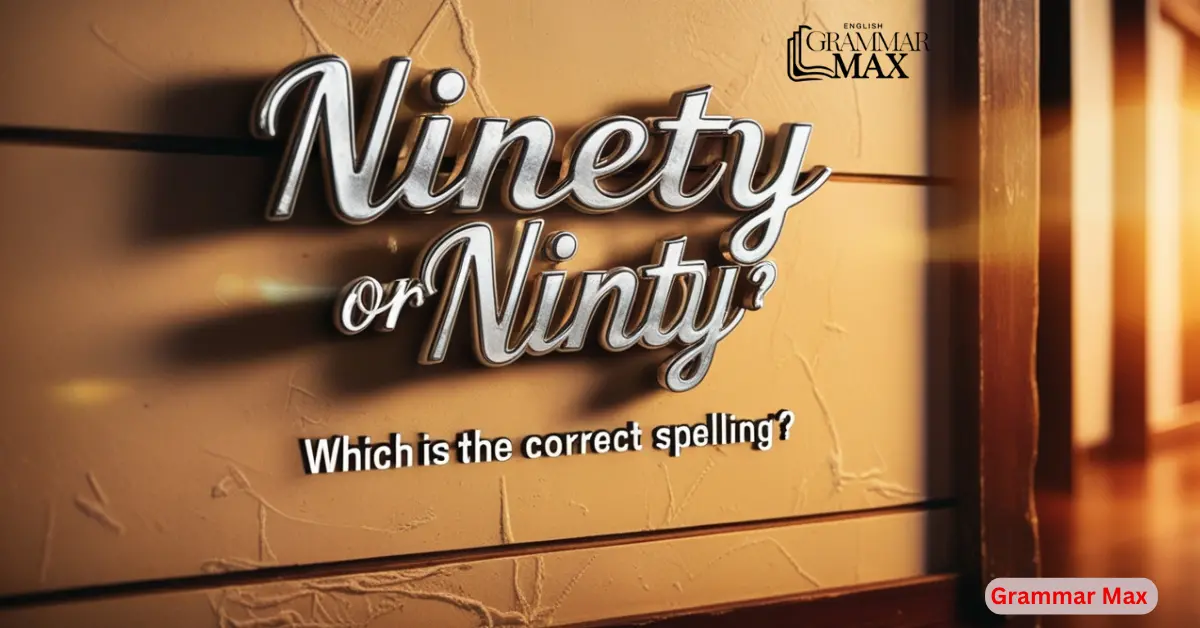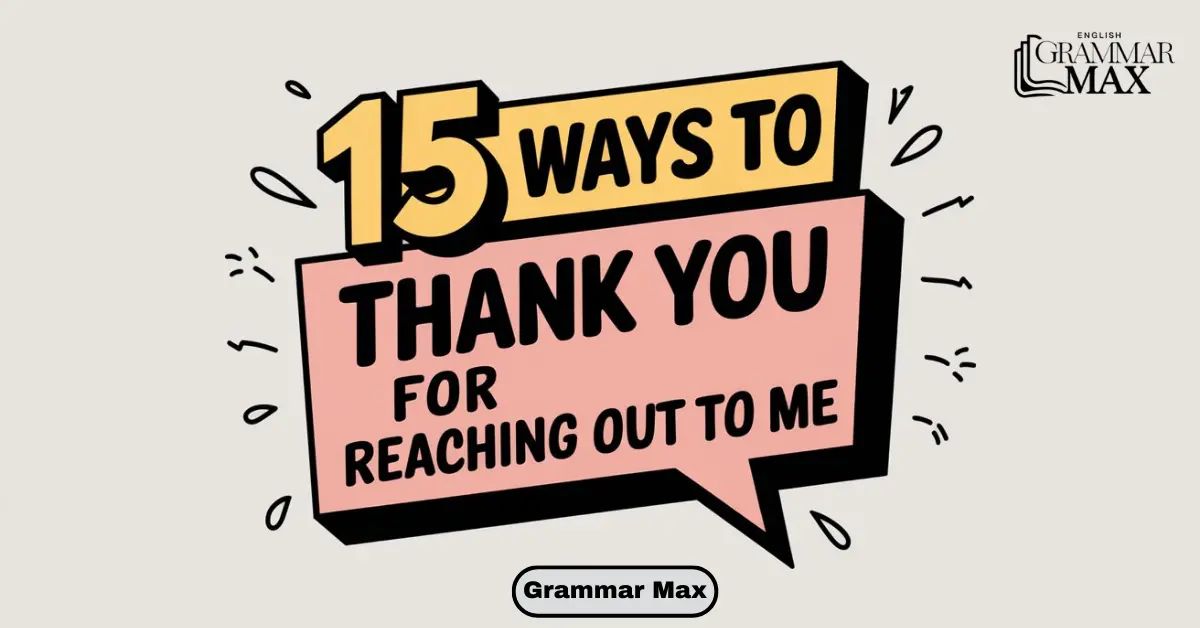“I understand your frustration.” This phrase can be incredibly powerful in professional settings, helping to build rapport and trust when tensions are high. In customer service, team collaborations, or any workplace interaction, knowing how to say “I understand” professionally can make all the difference. Showing empathy by acknowledging someone’s feelings can ease frustration and open up constructive communication, fostering stronger working relationships.
In challenging conversations, it’s essential to convey understanding without sounding dismissive. From phrases like “No, it’s fine. I understand” to craft an “I understand your frustration” email, the right words can turn a difficult interaction into a positive experience. Here, we explore 20 professional ways to express empathy, ensuring others feel heard and valued in any situation.
Alternative Ways to Say “I Understand Your Frustration”

You can use these ways instead to say “I Understand Your Frustration”:
- I Understand Your Frustration and Will Do My Best to Help
- Your Frustration Is Understandable, and I Apologize for the Inconvenience
- I Completely Understand Where You’re Coming From
- Thank You for Sharing Your Concerns; I Understand This Has Been Frustrating
- I Can See How This Situation Has Been Really Frustrating for You
- No, It’s Fine. I Understand How You’re Feeling
- I Acknowledge Your Frustration and Am Here to Support You
- Your Concerns Are Valid, and I Appreciate You Bringing This Up
- I Recognize This Issue and Understand the Frustration It’s Causing
- Thank You for Your Patience; I Understand How Difficult This Must Be
- Your Concerns Have Been Noted, and I’m Here to Resolve the Issue
- I Understand This Situation Isn’t Ideal, and I’m Here to Help
- I Hear You and Am Committed to Addressing Your Concerns
- I Appreciate Your Honesty, and I Want to Work on Resolving This
- I Empathize with Your Situation and Am Here to Find a Resolution
- I Appreciate Your Perspective, and I Understand How Frustrating This Must Be
- I Can See Why This Situation Has Been Challenging, and I’m Here to Help
- I Recognize the Frustration You’re Experiencing and Am Committed to Making Things Right
- Your Concerns Are Valid, and I’m Sorry for Any Frustration This Has Caused
- I Understand That This Has Been Frustrating, and I’m Here to Support You in Finding a Solution
I Understand Your Frustration and Will Do My Best to Help
This phrase shows that you not only understand the frustration but are also committed to taking action. It reassures the other person that their issue is being handled with priority.
By expressing both empathy and dedication to problem-solving, this response creates a positive impression. It shows you’re willing to help and value their feelings in the process.
Example:
Email to a client: “Hello Jane, I understand your frustration and will do my best to help resolve this issue quickly. Please rest assured that I am looking into the details and will keep you updated throughout the process.”
Your Frustration Is Understandable, and I Apologize for the Inconvenience
Acknowledging that their frustration is understandable conveys that you respect their viewpoint. Adding an apology emphasizes that you take their experience seriously and want to make amends.
This phrase helps in professional communication by addressing their feelings while also maintaining a respectful tone. It signals that their concerns are valid and deserving of attention.
Best Use:
This response is ideal when responding to complaints, as it shows empathy and takes responsibility. It helps in maintaining a positive relationship while addressing any shortcomings.
Example:
Replying to a team member: “Hi Mark, your frustration is understandable, and I apologize for any inconvenience caused. Let’s connect to discuss how we can address this together.”
I Completely Understand Where You’re Coming From
This response shows empathy and assures them that their perspective is clear to you. By saying you “completely understand,” you reinforce that their frustrations are justified.
Using this phrase often builds trust in relationships, as it demonstrates that you’re actively listening. It’s a great way to show respect for their feelings while remaining professional.
Example:
Customer support email: “Dear Emily, I completely understand where you’re coming from. Your experience with our service is important to us, and I’m here to help address your concerns.”
Thank You for Sharing Your Concerns; I Understand This Has Been Frustrating
This phrase combines gratitude and understanding, acknowledging their willingness to communicate. By thanking them, you show that you’re open to feedback, even if it’s difficult to hear.
It’s an effective way to express empathy while encouraging a constructive dialogue. Validating their frustration makes them feel heard, which can help in building trust.
Best Use:
Use this phrase when receiving feedback from employees or clients. It acknowledges their input and demonstrates that their concerns are taken seriously, paving the way for constructive dialogue.
Example:
Manager to employee: “Hi Alex, thank you for sharing your concerns; I understand this has been frustrating. Let’s discuss possible improvements to make your workflow smoother.”
I Can See How This Situation Has Been Really Frustrating for You
Using “I can see” emphasizes that you’re making an effort to understand their perspective. Recognizing their frustration creates a sense of validation and assures them of your awareness.
This statement shows you’re sensitive to their feelings and appreciate their patience. It demonstrates professional empathy and a willingness to address challenges openly.
Example:
Message to a client: “Hello Sarah, I can see how this situation has been really frustrating for you. I am dedicated to finding a solution that meets your needs.”
No, It’s Fine. I Understand How You’re Feeling
This response reassures them that their emotions are not out of place. It’s a friendly way to acknowledge their frustration without escalating tension.
The phrase “no, it’s fine” is comforting, showing that you’re not taking offense. It helps to diffuse the situation and promotes a respectful, understanding environment.
Best Use:
This casual expression is appropriate in informal settings among colleagues. It diffuses stress and reassures them that their emotions are valid and appreciated.
Example:
Conversation with a colleague: “No, it’s fine. I understand how you’re feeling, and I appreciate your patience as we work through this.”
I Acknowledge Your Frustration and Am Here to Support You
Saying “I acknowledge your frustration” directly validates their emotions. It reassures them that you’re aware of the issue and willing to provide support.
This phrase is ideal for empathizing professionally and builds a foundation of trust. It shows that you’re dedicated to offering assistance and addressing their concerns.
Example:
Replying to a vendor: “Hello John, I acknowledge your frustration and am here to support you through this process. Please let me know if there’s anything specific you need from me.”
Your Concerns Are Valid, and I Appreciate You Bringing This Up
This response values their honesty and reassures them that their input matters. Acknowledging that their concerns are valid shows respect for their feelings and perspective.
This phrase is great for positive communication, as it encourages feedback and signals that you’re listening. Expressing appreciation for their input can strengthen professional relationships.
Best Use:
Use this phrase when a team member raises an issue during a meeting. It encourages open communication and shows that their input is valued and respected.
Example:
Email to a team member:“Hi Lisa, your concerns are valid, and I appreciate you bringing this up. Let’s work together to find a resolution.”
I Recognize This Issue and Understand the Frustration It’s Causing
Saying “I recognize this issue” confirms that you’re fully aware of their concern. Acknowledging the frustration it’s causing reinforces your empathy and shows that you’re committed to resolving it.
This phrase is useful for building trust as it conveys your understanding of their situation. It helps them feel supported, as you’re actively acknowledging the problem.
Example:
Message to a project team: “Hello Team, I recognize this issue and understand the frustration it’s causing. Let’s collaborate to find a solution as quickly as possible.”
Thank You for Your Patience; I Understand How Difficult This Must Be
Expressing gratitude for their patience shows you appreciate their restraint. It also acknowledges the difficulty they’re facing, which can help de-escalate negative emotions.
This response is ideal for maintaining professional empathy while recognizing their frustrations. Thanking them for their patience conveys respect and can make them feel valued.
Best Use:
This phrase is suitable when dealing with delays or extended processes. It expresses gratitude for their understanding and reassures them that their frustrations are acknowledged.
Example:
Response to a client: “Dear Michael, thank you for your patience; I understand how difficult this must be. I’m committed to providing the best solution and will keep you informed.”
Is it Professional to Say: I Understand Your Frustration?

Yes, it is professional to say, “I understand your frustration” when it’s essential to acknowledge someone’s feelings. This phrase shows empathy and demonstrates that your frustration is understandable in challenging situations. By using this approach, you validate their concerns and promote a respectful dialogue, which is crucial for effective communication.
However, overusing it may sound repetitive and could risk appearing insincere if not backed by genuine support or action. Striking the right balance between empathy and solutions ensures a constructive response in professional settings.
Pros
- Shows empathy and validation.
- Builds trust and rapport.
Cons
- Can seem overused or insincere.
- Risks sounding dismissive without action.
Frequently Asked Questions
How do you say “I understand your frustration”?
You can say, “Your frustration is understandable, and I’m here to help” or “I recognize your frustration and am committed to finding a solution.”
What to say when someone is frustrated?
Express empathy by saying, “I can see why this is frustrating for you” or “Thank you for sharing; let’s work together to address this.”
What is a good sentence for frustration?
“I understand that this situation has been really frustrating, and I’m here to support you.”
How do you understand frustration?
Understanding frustration involves acknowledging emotions and recognizing the challenges that lead to it, showing empathy and commitment to helping resolve issues.
Conclusion
Professional communication benefits greatly from empathy, especially in challenging interactions. Finding another word for “I understand” can be key to creating a meaningful, respectful response. By using thoughtful phrases, you help others feel supported, which is essential when addressing your frustrations or concerns.
When people hear “we understand your frustration” or see that their feelings are acknowledged, they are more likely to feel valued. Showing patience and empathy, especially when it’s been really frustrating, demonstrates a commitment to positive interactions and resolution.

William Henry is a writer for Grammar Max, a blog that focuses on synonyms and phrases. He loves exploring the quirks of the English language and enjoys helping readers improve their vocabulary. William’s articles are easy to read, fun, and full of useful tips for anyone looking to better understand and use English. Whether you’re a student, a professional, or just someone interested in language, William’s writing on Grammar Max makes learning about words and their meanings simple and enjoyable.















